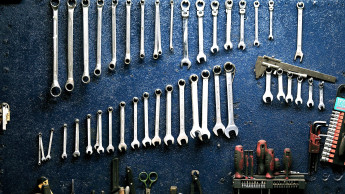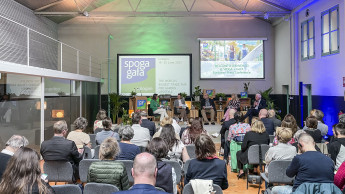Overall, the large-scale DIY stores came away somewhat better, with a minus of 0.94 per cent, than the traditional trade, which had to record a decline in sales of 1.51 per cent in 2020. These figures have been published by the trade association AECOC.
DIY International asked Alejandro Lozano, responsible for the field of DIY at AECOC, to assess the situation. Here is his analysis:
DIY: a shelter in the perfect storm
The fact that DIY was one of the few retail sectors in Spain - along with food distribution and technology goods - to close 2020 with optimism has many causes. It is clear that the sector has benefited from the increase in consumers spending on their homes, both because of the economic uncertainty that paralyses the most important investments - 49 per cent of citizens say that their economic situation has worsened with the pandemic, and 92 per cent are moderating their spending, according to AECOC Shopperview data - and because of the restrictions on mobility and sectors such as restaurants. These push citizens to adapt and improve the place in which they spend most of their time: their homes.
However, the vigorous recovery once the shops reopened has only been possible thanks to an industry-wide effort to respond to unprecedented demand. The clearest example of this effort has been the successful and fast-paced development of multi-channel solutions to trigger sales. And I am not only referring to the increase in online sales, which in absolute terms are still a minority, but also to marketing and customer service via telephone, WhatsApp…









